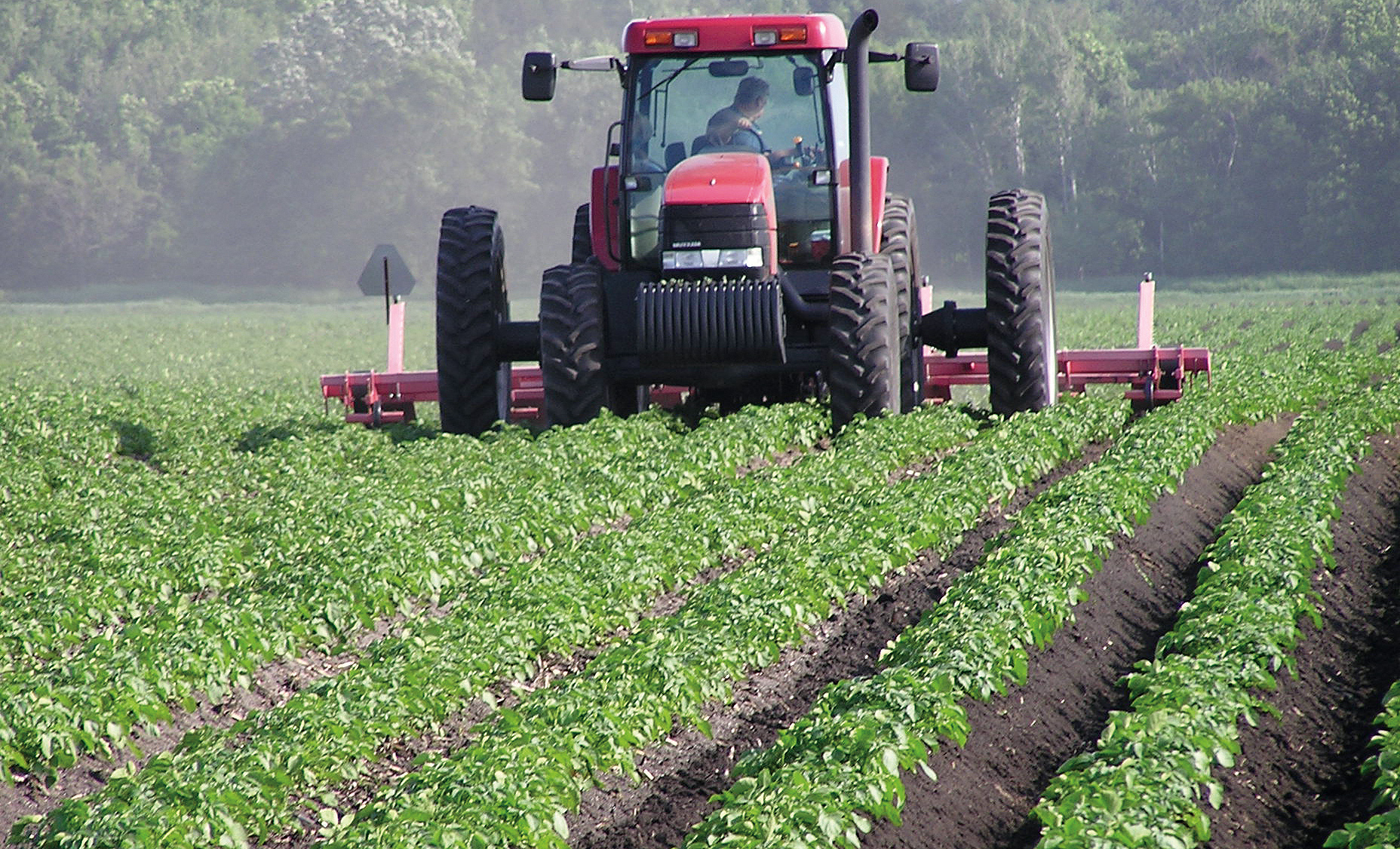Enhance Agricultural Efficiency With High-Quality Water Soluble Polymers
These polymers supply a range of benefits that can revolutionize standard farming approaches, from enhancing water retention and performance to optimizing dirt framework and nutrient delivery systems. By taking advantage of the power of innovative polymer services, farmers can possibly open new pathways in the direction of accomplishing higher plant returns while alleviating environmental influences.

Advantages of Water-Soluble Polymers
Water-soluble polymers offer a wide range of benefits in farming applications due to their improved water retention residential properties and capacity to improve soil structure. Agriculture. These polymers, when added to the dirt, can dramatically boost water holding ability, decreasing the regularity of irrigation called for by crops. By creating a gel-like compound when blended with water, water-soluble polymers produce a storage tank that slowly launches moisture to plant roots, ensuring a much more regular water system during completely dry spells
Additionally, these polymers assist in protecting against soil disintegration by binding soil bits with each other, thus boosting soil structure and security. Enhanced dirt structure permits better origin penetration and oygenation, advertising much healthier plant growth and greater crop yields. Water-soluble polymers additionally aid in nutrient retention by decreasing leaching, guaranteeing that crucial nutrients continue to be offered to plants for a longer duration.
Improved Water Retention and Performance
Enhancing agricultural water retention and efficiency via the incorporation of innovative polymer innovations has actually become an extremely important emphasis in modern farming methods. Water-soluble polymers play an essential duty in enhancing dirt structure, improving water infiltration, and reducing water dissipation prices. By developing a thin film on the dirt surface area, these polymers assist to stop water runoff and boost the soil's water-holding capability, ensuring that plants have access to an ample supply of water.
Additionally, using top notch water-soluble polymers can considerably reduce the frequency of watering, as they boost the soil's capacity to preserve dampness for longer periods. This not only saves water yet likewise minimizes the power and labor costs related to watering techniques. In addition, enhanced water retention and effectiveness result in better nutrient uptake by plants, resulting in enhanced crop returns and total farming efficiency.
Improved Nutrient Shipment Equipment
Offered the significant effect of premium water-soluble polymers on boosting water retention and performance in agriculture, the focus currently moves in the direction of optimizing nutrient distribution systems to additionally improve crop development and yield. Enhanced nutrient distribution systems play an essential role in ensuring that plants obtain the essential nutrients in a kind that is readily available for uptake, promoting their total health and performance. By integrating water-soluble polymers right into nutrient distribution systems, the efficiency of nutrient uptake by plants can be significantly enhanced.
One secret advantage of using high-quality water-soluble polymers in nutrient delivery systems is their ability to control the launch of nutrients, guaranteeing a regulated and consistent supply to plants over an extended period (Agriculture). This controlled launch device aids stop nutrient leaching and drainage, consequently maximizing nutrient use by plants and minimizing ecological influence

Dirt Framework Optimization Techniques
Optimizing soil structure is critical in contemporary farming for taking full advantage of crop returns and promoting sustainable land monitoring techniques. Dirt framework optimization techniques play why not try this out an important role in ensuring that soil offers a perfect environment for plant development. One crucial technique is the enhancement of natural issue, such as garden compost or manure, which aids enhance dirt framework by boosting its water-holding ability and nutrient retention.
Additionally, exercising minimum tillage or no-till farming can prevent soil compaction and promote the growth of a healthy soil structure. Cover chopping is another efficient technique that entails growing crops specifically to secure and improve the dirt, stopping erosion and boosting soil structure.
Additionally, carrying out plant turning strategies can help break parasite and disease cycles, while likewise enhancing soil structure with the varying root structures of various plants. On the whole, using these dirt framework optimization strategies can lead to increased agricultural performance, reduced ecological effect, and long-term sustainability in farming techniques.
Lasting Solutions for Crop Returns

To attend to the challenges of maximizing plant yields while advertising lasting land management techniques, exploring lasting solutions comes to be critical in contemporary agriculture. One sustainable remedy for boosting crop returns is the usage of precision agriculture methods.
In addition, advertising crop rotation and cover cropping can assist preserve soil health, reduce erosion, and enhance nutrient cycling, eventually contributing to higher returns with time. Integrated parasite use this link administration methods likewise play a crucial duty in lasting crop production by reducing the reliance on chemical pesticides and advertising natural insect control methods.
Additionally, purchasing study and technology for developing drought-resistant plant varieties and climate-resilient farming methods can aid minimize the effect of environment adjustment on farming while guaranteeing consistent yields in the face of environmental challenges. By taking on these lasting options, farmers can attain higher crop yields while securing the wellness of the land for future generations.
Final Thought
To conclude, the use of high-grade water-soluble polymers in farming uses various benefits such as improved water retention, enhanced nutrient delivery systems, and optimized dirt framework. By executing sustainable services for plant returns, farmers can considerably increase agricultural productivity and effectiveness. Agriculture. Water-soluble polymers offer a ecologically pleasant and economical method to improve the overall efficiency of farming methods, resulting in far better results for both farmers and the setting
These polymers offer a variety of advantages that can reinvent typical farming approaches, from enhancing water retention and performance to optimizing dirt structure and nutrient shipment systems.In addition, these polymers aid in preventing dirt disintegration by binding soil fragments together, thus boosting dirt framework and security. By creating a slim movie on the dirt surface area, these polymers assist to avoid water runoff and enhance the soil's water-holding capability, description making certain that plants have accessibility to an adequate water supply.
Soil structure optimization techniques play a critical role in guaranteeing that soil offers a suitable atmosphere for plant development.In verdict, the usage of high-quality water-soluble polymers in agriculture provides various benefits such as improved water retention, enhanced nutrient delivery systems, and optimized soil structure.